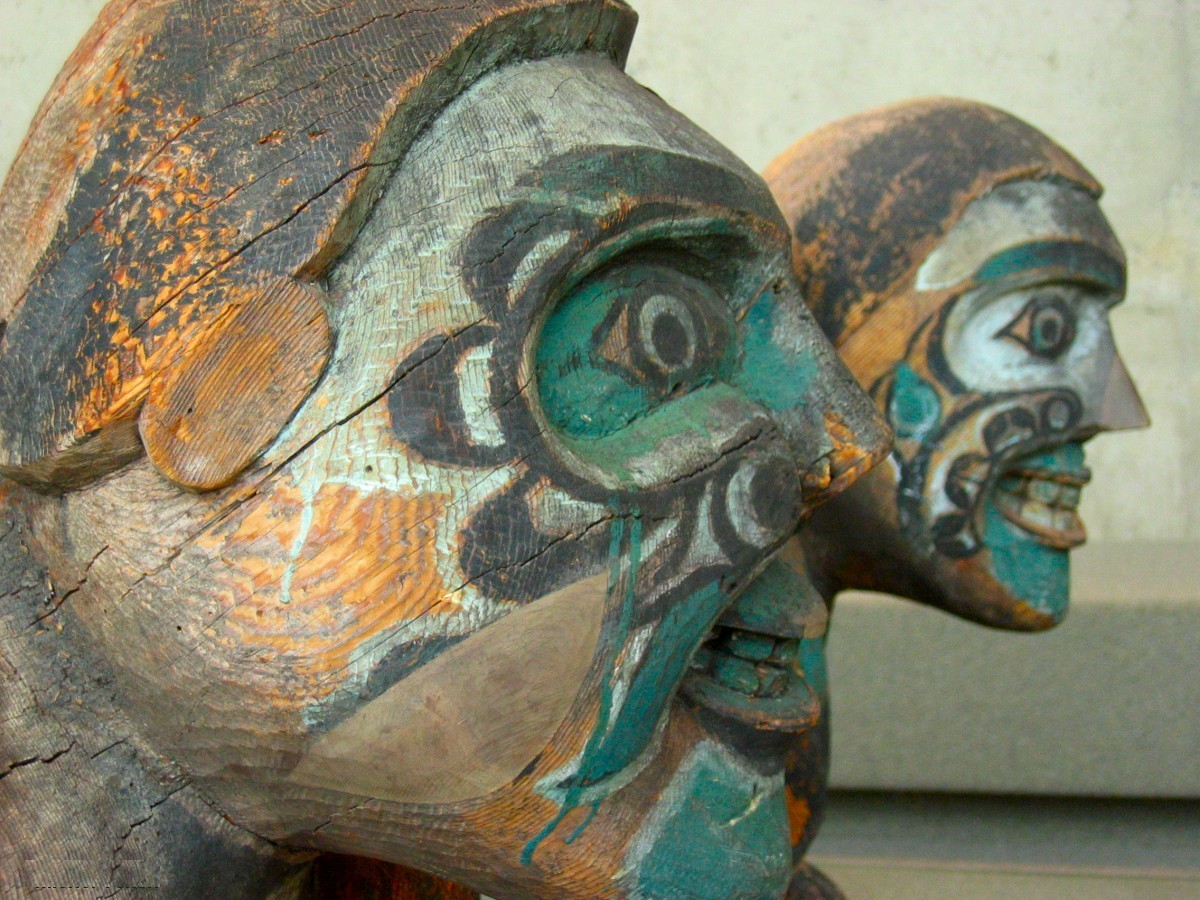Difference Between Anthropology and Archaeology
Anthropology vs Archaeology
Anthropology and Archaeology are two fields of study between which certain differences can be identified. Anthropology is a very popular field of study and belongs to social sciences. It is, in fact, study of man as the word itself is made up of Anthropos, meaning man, and logos, meaning study. So everything about man, not just in the present but from the ancient past also makes up the subject matter of anthropology. Archaeology (archeology) is also the study of the artifacts dug out from below the surface of the earth (related to men from the past). This study, tells us a lot about the culture, lifestyle, and history of ancient men. Thus, both subjects are, in a broader sense, studying about man, in general. Archaeology is thus a part of anthropology that is akin to sociology of the ancient man. Despite such close relationship and similarities, there are some differences between anthropology and archeology that will be highlighted in this article.
What is Anthropology?
Anthropology is the study of man. It can be considered as the broader of the two subjects as there are many aspects or parts of anthropology such as geographical distribution of early man, how he lived in different climates and regions of Earth is what comprises geographical anthropology. Study of differences in physical features of early man and its classification into different races on the basis of color of skin, shape of head, height, and other distinguishing features is what makes up study matter of racial anthropology.
The third division of anthropology is interested in the culture of the early man, his social life, his interaction with others and nature as well as his intelligence as shown in artifacts of his time. His languages and customs and traditions of social life make an integral part of this study known as cultural anthropology. It is this cultural anthropology that is closer to archeology as an archeologist tries to know all about ancient man on the basis of analysis of artifacts dug from beneath the surface of the earth where ancient civilizations lived. The tools and artifacts that are dug are arranged in their chronological age and then analyzed to throw light on the man of that time and his life. How he lived, interacted and managed with nature.

What is Archaeology?
The study of prehistoric man on the basis of analysis of material dug from beneath the earth is archeology. In North America, archeology is accepted as a sub-field of anthropology but, outside this region, archeology is regarded as a separate field of study, a subject that focuses on prehistoric man through analysis of his tools and other artifacts found in digging of earth. Whether archeology is accepted as a field of study within the fold of anthropology or regarded as a separate field of study, the fact remains that both are studies of early, ancient man. Such study is partly conjecture, partly revealed through the analysis of tools found in excavations carried out in archeological expeditions. Archeological research is always chronological in nature as it is necessary to classify the artifacts found on the basis of their ages. This is considered as the starting point for archeological research.

What is the Difference Between Anthropology and Archaeology?
- Anthropology is the study of man that includes all aspects of human life, not just in the present but from the ancient past.
- Archaeology is the study of the artifacts dug out from below the surface of the earth (related to men from the past). This study, tells us a lot about the culture, lifestyle, and history of ancient men.
- Archaeology is a part of anthropology that is akin to sociology of the ancient man.
Image Courtesy:
1. Museum-anthropology-vancouver-2006-05-22 by Michel Teiten (Own work) [GFDL, CC-BY-SA-3.0 or CC BY 2.5], via Wikimedia Commons
2. Romanian Archeology Near National Hystory Museum2007 07150095 by CristianChirita (Own work) [Public domain], via Wikimedia Commons
ncG1vNJzZmivp6x7pbXFn5yrnZ6YsqOx07CcnqZemLyue8OinZ%2Bdopq7pLGMm5ytr5Wau26tza2fq6egpLmws9hmmKecXavAbq3RnJ%2BanZ%2BhvKjFjg%3D%3D